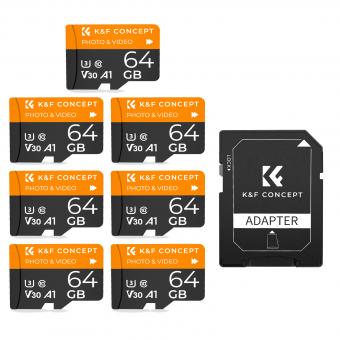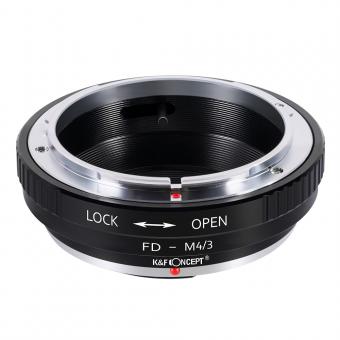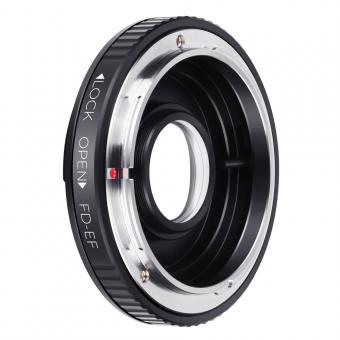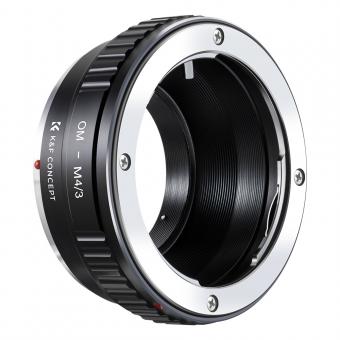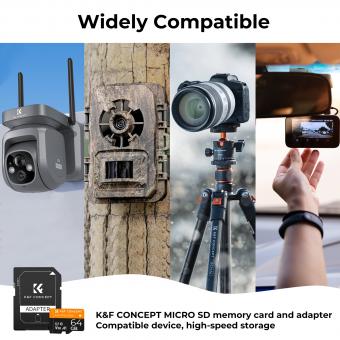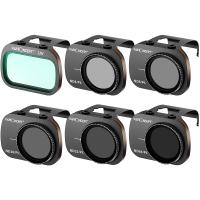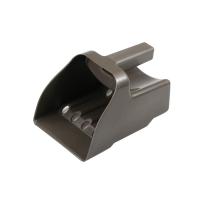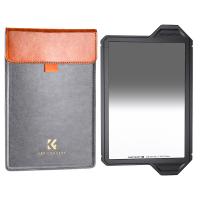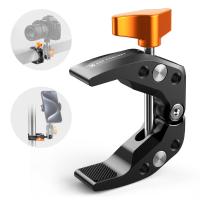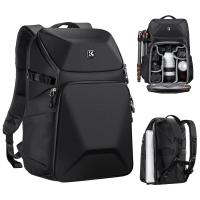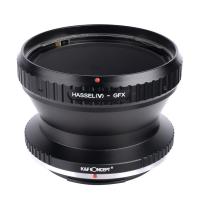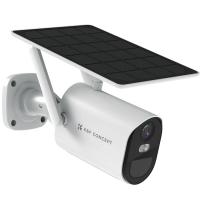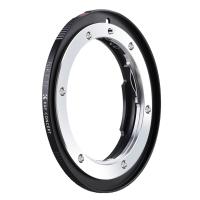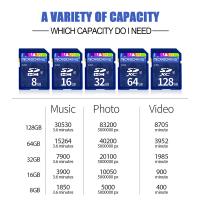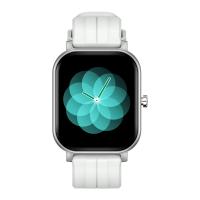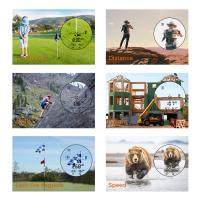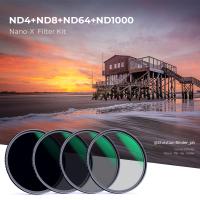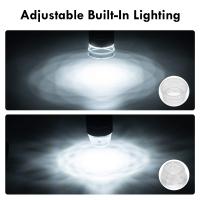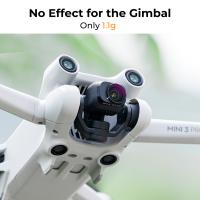What Are Surveillance Cameras ?
Surveillance cameras, also known as closed-circuit television (CCTV) cameras, are video cameras used to monitor and record activities in specific areas. These cameras are typically connected to a recording device or a network, allowing for real-time or recorded video footage to be viewed and analyzed. Surveillance cameras are commonly used for security purposes in various settings, such as public spaces, businesses, and homes. They can help deter crime, provide evidence in investigations, and enhance overall safety and security. Surveillance cameras come in different types, including analog and digital cameras, with varying features such as night vision, motion detection, and remote access capabilities.
1、 Types of surveillance cameras: Analog, IP, PTZ, Dome, Bullet, etc.
Surveillance cameras, also known as security cameras or CCTV cameras, are devices used to monitor and record activities in a specific area. They are widely used in various settings such as homes, businesses, public spaces, and government facilities to enhance security and deter criminal activities. These cameras capture video footage that can be viewed in real-time or recorded for later review.
Types of surveillance cameras include analog, IP, PTZ, dome, bullet, and many more. Analog cameras are the traditional type that transmit video signals through coaxial cables. IP cameras, on the other hand, use the internet to transmit video data, allowing for remote access and higher image quality. PTZ (Pan-Tilt-Zoom) cameras can be controlled to move and zoom in on specific areas, providing a wider coverage range. Dome cameras are characterized by their dome-shaped housing, making it difficult for individuals to determine the direction the camera is facing. Bullet cameras are long and cylindrical, often used for outdoor surveillance due to their weatherproof design.
In recent years, advancements in technology have led to the development of more sophisticated surveillance cameras. High-definition (HD) and ultra-high-definition (UHD) cameras offer clearer and more detailed images, enabling better identification of individuals and objects. Additionally, there has been a rise in the use of artificial intelligence (AI) in surveillance cameras. AI-powered cameras can analyze video footage in real-time, detecting and alerting for suspicious activities or objects. This technology has proven to be valuable in enhancing security and reducing response times.
However, the use of surveillance cameras also raises concerns about privacy and surveillance. The increasing prevalence of cameras in public spaces and the potential for misuse of recorded footage have sparked debates about the balance between security and individual privacy rights. As technology continues to evolve, it is crucial to have ongoing discussions and regulations to ensure the responsible and ethical use of surveillance cameras.
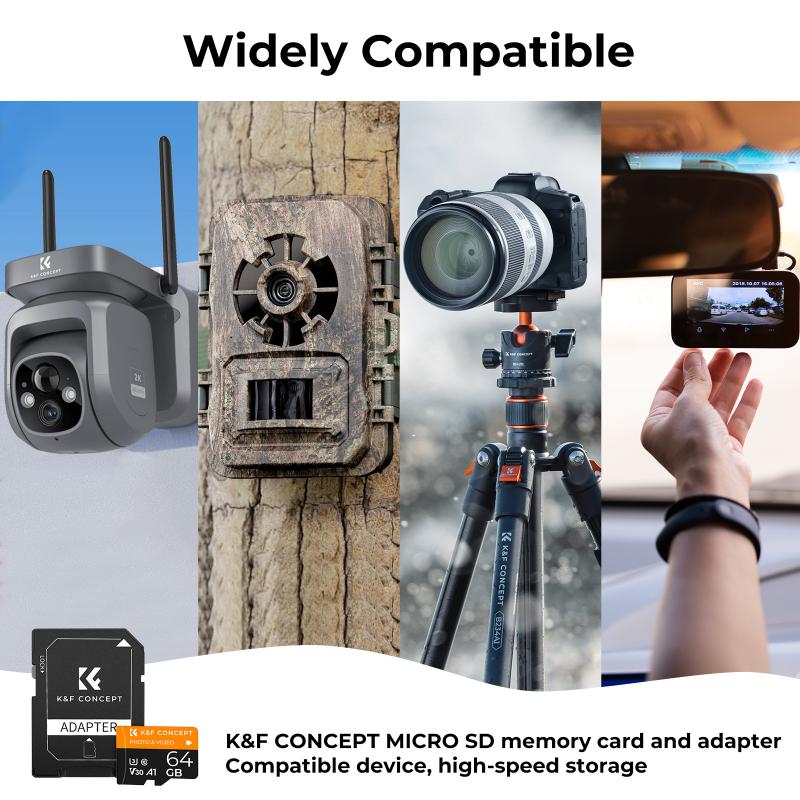
2、 Applications of surveillance cameras: Home security, traffic monitoring, retail.
Surveillance cameras, also known as closed-circuit television (CCTV) cameras, are devices used to monitor and record activities in a specific area. These cameras are typically connected to a recording system or a network, allowing for real-time monitoring or playback of recorded footage. They are commonly used for security purposes, but their applications extend beyond that.
One of the primary applications of surveillance cameras is home security. Installing cameras around the perimeter of a house or inside can help deter potential burglars and provide evidence in case of a break-in. With advancements in technology, homeowners can now access live feeds from their cameras remotely through their smartphones or computers, enhancing the level of security and peace of mind.
Another significant application is traffic monitoring. Surveillance cameras are often installed at intersections, highways, and toll booths to monitor traffic flow, detect accidents, and enforce traffic laws. This helps authorities manage traffic congestion, improve road safety, and identify and apprehend traffic violators.
Retail establishments also heavily rely on surveillance cameras for loss prevention and customer safety. These cameras are strategically placed to monitor store entrances, aisles, and cash registers, deterring theft and providing evidence in case of shoplifting or other criminal activities. Additionally, surveillance cameras can help retailers analyze customer behavior and improve store layout and marketing strategies.
In recent years, the application of surveillance cameras has expanded to include public spaces, transportation systems, and even smart cities. However, it is important to balance the benefits of surveillance cameras with privacy concerns. Striking the right balance between security and privacy is crucial to ensure that surveillance cameras are used responsibly and ethically.
Overall, surveillance cameras play a vital role in enhancing security, monitoring traffic, and preventing crime in various settings. As technology continues to advance, these cameras are becoming more sophisticated, offering higher resolution, intelligent video analytics, and integration with other security systems.
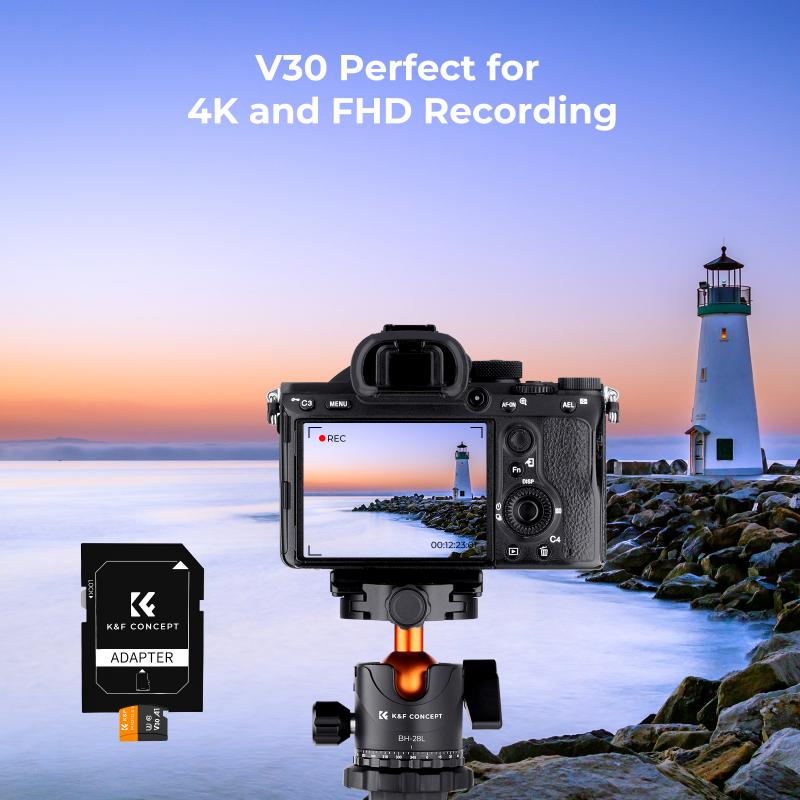
3、 Benefits of surveillance cameras: Crime prevention, evidence collection, deterrence.
Surveillance cameras, also known as security cameras or closed-circuit television (CCTV) cameras, are devices used to monitor and record activities in specific areas. These cameras are typically installed in public spaces, businesses, and residential areas to enhance security and provide a sense of safety.
The primary purpose of surveillance cameras is to prevent crime. The presence of cameras acts as a deterrent, as potential criminals are less likely to commit illegal activities if they know they are being watched. Moreover, surveillance cameras can capture evidence of crimes that do occur, aiding law enforcement in identifying and apprehending suspects. This evidence can be crucial in solving cases and bringing criminals to justice.
In addition to crime prevention and evidence collection, surveillance cameras offer several other benefits. They can help monitor and manage crowds in public spaces, ensuring public safety during events or gatherings. Surveillance cameras can also be used to monitor traffic and detect violations, contributing to better traffic management and reducing accidents.
Furthermore, surveillance cameras have evolved with technological advancements. The latest cameras are equipped with high-definition video capabilities, night vision, and advanced analytics. These features enhance the effectiveness of surveillance systems, allowing for better identification of individuals and objects, even in low-light conditions. Additionally, some cameras are now equipped with facial recognition technology, which can aid in identifying suspects or persons of interest.
However, it is important to strike a balance between security and privacy concerns. The use of surveillance cameras should be regulated to ensure that individuals' privacy rights are respected. Proper guidelines and policies should be in place to govern the use, storage, and access to surveillance footage.
In conclusion, surveillance cameras play a vital role in crime prevention, evidence collection, and deterrence. With advancements in technology, these cameras have become more sophisticated, offering improved video quality and advanced features. However, it is crucial to maintain a balance between security and privacy to ensure the ethical and responsible use of surveillance cameras.
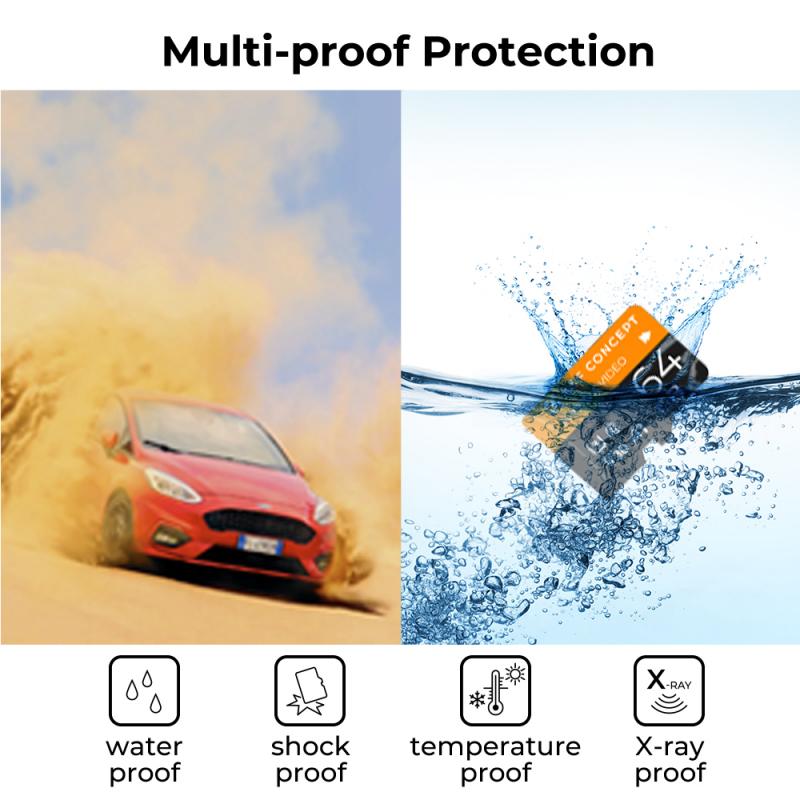
4、 Privacy concerns with surveillance cameras: Ethical implications, data protection.
Surveillance cameras, also known as closed-circuit television (CCTV) cameras, are devices used to monitor and record activities in specific areas. They are typically installed in public spaces, businesses, and even private residences to enhance security and deter criminal activities. These cameras capture video footage that can be monitored in real-time or stored for later review.
However, the increasing prevalence of surveillance cameras has raised significant privacy concerns. The ethical implications of surveillance cameras revolve around the balance between public safety and individual privacy. Critics argue that constant monitoring infringes upon people's right to privacy, as it can capture personal activities and conversations without consent. This intrusion into private lives can lead to a chilling effect on freedom of expression and behavior.
Moreover, the data collected by surveillance cameras raises data protection concerns. The footage captured by these cameras contains personal information that can be misused or accessed by unauthorized individuals. There is a risk of data breaches, hacking, or misuse of the footage for purposes other than security. Additionally, the storage and retention of this data can also pose challenges in terms of ensuring its security and proper disposal.
The latest point of view on privacy concerns with surveillance cameras emphasizes the need for transparency and accountability. It is crucial to have clear regulations and guidelines regarding the use of surveillance cameras, including limitations on their deployment and the duration of data retention. Additionally, there is a growing call for the implementation of privacy-enhancing technologies, such as anonymization and encryption, to protect the privacy of individuals captured by these cameras.
In conclusion, while surveillance cameras serve a vital role in enhancing security, they also raise ethical and privacy concerns. Striking a balance between public safety and individual privacy is crucial, and it requires robust regulations, transparency, and accountability to ensure that surveillance cameras are used responsibly and ethically.







